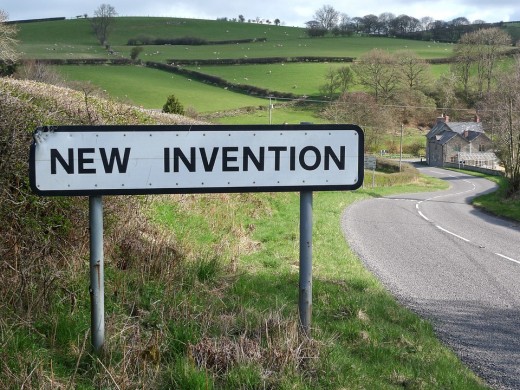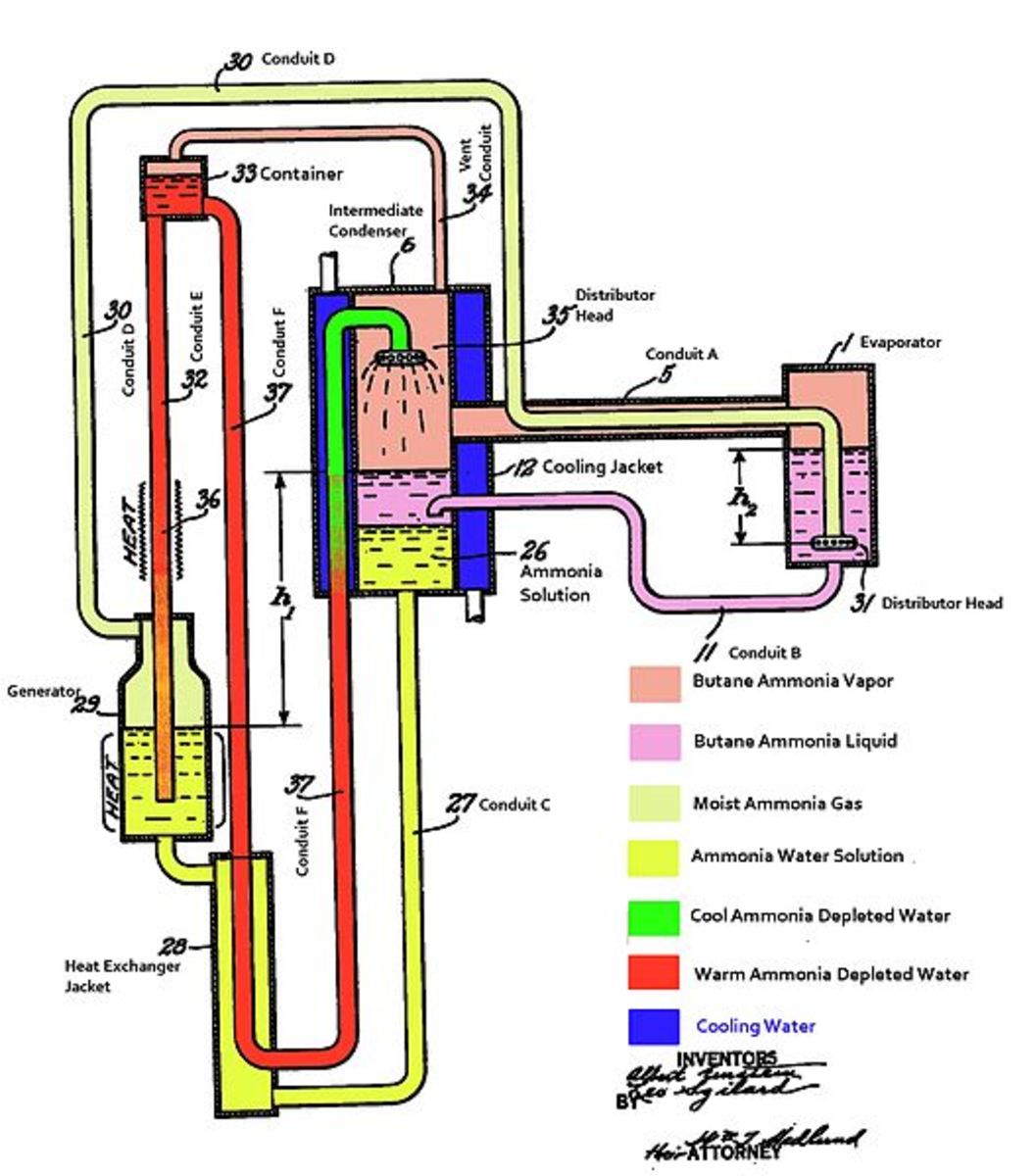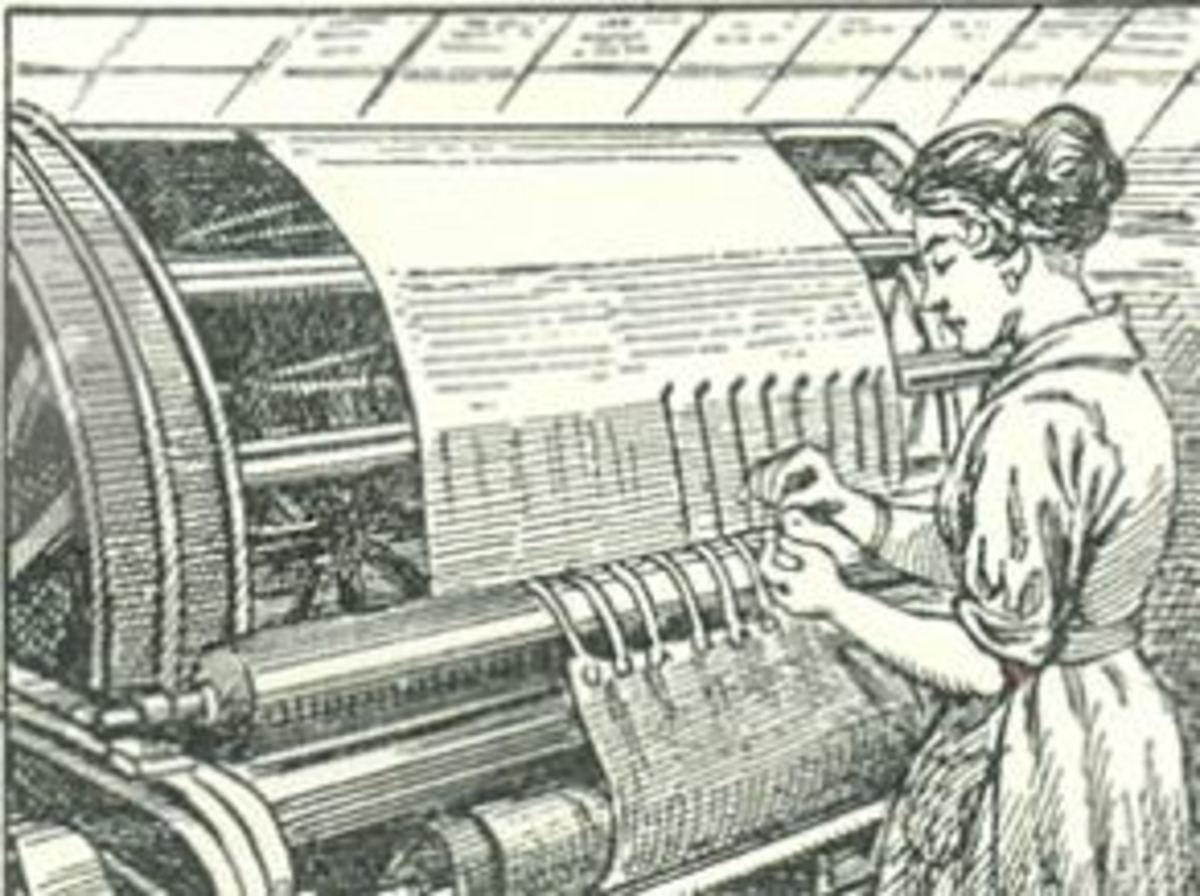Inventing Series Two: Taking your idea to the next level
The Road To Innovation

The First Step is Always Research But A Quick Note About Patents
It's very interesting that inventors are often encouraged or feel compelled to patent their idea first even though there's really no guarantee that their idea will be successful or see the light of day. Inventors often live in fear that someone will steal and profit from their idea, and while that may be true, the road to taking an idea through the phase of market research, prototyping, manufacturing, marketing, selling, and/or patenting can be quite long, tedious, and expensive! In reality, it's cheaper NOT TO STEAL an inventor's idea, but have them do all the grind work and offer to pay them royalties. No reputable company or wise person wants to be dragged into court for copyright or patent infringement. No person or entity wants to spend money on legal fees unless the win will ensure big profits.
What most inventors don't realize is that the road to acquiring a patent can be quite tedious and spendy, and the protection the inventor receives is based on the patent claims. Essentially, unless the inventor has very strong, good, clear claims, the patent is practically useless. The claims must be approved by the USPTO and it can take two to three years to receive the patent, and there's no guarantee that any or all of the patent claims will be approved.
An inventor receives full patent protection ONLY when the patent is granted by the USPTO, a "patent pending" status secures the inventor's filing date. Essentially, under the new laws governing US patents, the person credited with the creation of the invention is the first to file the patent application. An inventor can file a provisional patent application to receive his or her priority filing date.
Ultimately, the initial patent application the inventor files depends largely on the inventor's finances, the nature invention (what it is and how it will be used), how much the inventor has developed his or her invention idea (CAD drawings, prototypes, etc), and the type of protection the inventor wants (purely design or utility, or perhaps both).
REMEMBER A granted patent is only as strong as its claims (details are everything in patent applications)

I invented that
Have you ever had the "I invented that" moment?

Many Inventors Rush To Patent, I Rush To Research
So imagine spending a couple thousand dollars patenting and developing your idea only to discover that it's, not only patented, but in the marketplace! How annoying and infuriating would that be? Not to mention embarrassing! Okay, okay so that scenario isn't the most likely to occur but it does illustrate my overall point. Why rush to protect an idea that may or may not exist? Or worse may not be needed or solve a common problem?
The FIRST and foremost best course of action is ALWAYS TO RESEARCH. Conduct an extensive patent search on Google, USPTO database, GPSN, WIPO, or any other reputable patent search website. I often use different keywords that describe my idea and see what comes up (essentially the more you do it the better and more accurate you'll be). I also recommend doing an extensive product search and see if there's anything in the marketplace that is either close to your idea or matches it completely. The important thing to remember is that there's ALWAYS a product, idea or patent that is similar to or exactly like your idea out there somewhere in the world (or maybe the product, idea or patent was available/presented in the past). It is entirely possible that someone else can come up with the same or similar idea regardless of whether it's in the past, present or future (especially if the problem persists).
The point of the research patent and product phase it to determine how your idea competes with what is currently available or had been previously available. Essentially, your task is to assess how your idea is better or different.
To Disclose or Not To Disclose?
So, back to the patenting issue again...If an inventor chooses not to patent their idea right away, what other forms of protection can he or she use? Great question! A lot of people tend to forget that the laws governing intellectual property extend beyond patents. In other words, there's a couple different ways of protecting your idea without committing your time and resources to patenting. Patents offer a unique type of intellectual protection, but so do copyrights, and/or trademarks (of course there's pros and cons to each and each inventor should do his or her due diligence when deciding which protection to use). Anyway, I think that it's important to explore all means of protecting your idea first before fully committing to one particular course of action.
Non-disclosure agreements are also very useful in these types of situations.
Elements of a Nondisclosure Agreement
There are five important elements in a nondisclosure agreement:
- definition of confidential information
- exclusions from confidential information (prior knowledge of the receiving party independent of any involvement with the disclosing party)
- obligations of receiving party
- limited time periods (typically two years)
- miscellaneous provisions (determine which state's law will apply, arbitration, payment of attorney's fees)
Research enables YOU (the inventor) to develop and perfect your idea
Having a great idea isn't enough, an idea is only as great as you make it. Essentially, the more you research, develop and refine your idea, the better it will be! Getting a product to the marketplace is not an easy task, and having a successful product in the marketplace is incredibly challenging!Take the necessary time to research and see if your idea is NEEDED or SOLVES a common problem (essentially do some market research--polling, questionnaires, product searches, patent searches, etc), your effort will pay off in the long run!
I hope that you all have enjoyed the second part of my series, please stay tuned for more updates in the future!








